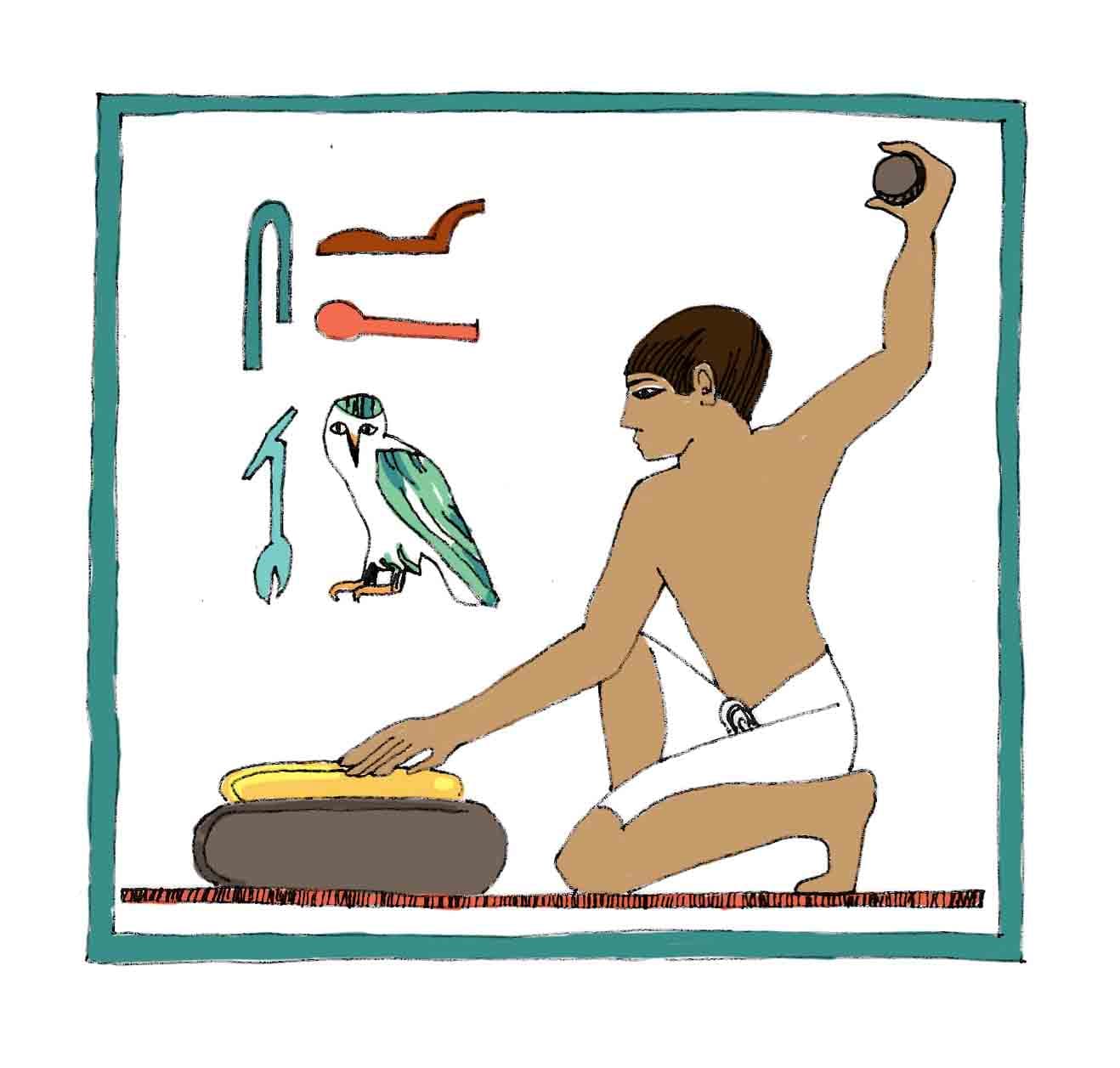A Basic Guide to Gilding Tools, Materials, and Terminology
Breaking down the jargon around gold and metal leaf, gilding tools, and lots more golden nuggets.

Following her introduction to the techniques and processes used in architectural gilding, I invited Leah Beth Fishman to pen the following guide to gilding tools, materials, and terminology.
This extended feature breaks down various important concepts that will help you when setting up to work with different types of metal leaf, and includes:
- What is Gilding?
- Types of Gilding
- Tools & Terminology
- Types of Leaf
- Formats of Leaf
- Suppliers
What is Gilding?
A deceptively broad or narrow term depending on how you look at it—many people think it encompasses everything from electroplating to kiln-fired enamels, and even just gold paint. Some think it only refers to the use of actual gold leaf. Some people ask me, “so, you just, like, paint on the gold?”
In truth, it is simply the process of applying gold or any other type of metal leaf to any surface. Variants of gilding originated over 8,000 years ago and can be seen in artifacts from Ancient Egypt and Mesopotamia before coming into widespread use in Europe and beyond.

Different materials have been used over the centuries to apply gold—egg whites, Japanese lacquer, various forms of alcohol, even saliva—but the methods, tools, and basic principles remain much the same.
Types of Gilding
There are so many different ways of applying gold, and so many different techniques, but they boil down to two basic types of gilding: mordant/surface gilding, and water gilding.
With surface gilding, a type of glue (called 'size') is applied to a surface, and then the leaf is applied once the size is 'tacky', ie no longer wet and sticky, but not dry. With water gilding, water, sometimes mixed with a type of glue, is flowed over the surface and the leaf is applied onto the wet surface.
These types of gilding produce two distinct looks: the surface gilding creating a matte finish, the water creating a glossier look.